
The importance of vocabulary cannot be overlooked in our work to create skilled readers. Vocabulary is one of the main strands of language comprehension in Scarborough’s Reading Rope. Why? Because as students decode the words on the page, they also need to be able to understand those words to make sense of the text.
But hold on! When we are talking about the importance of vocabulary, we aren’t just talking about dictionary definitions. It’s so much more!
When trying to define vocabulary, we need to think about both receptive and expressive vocabulary. Receptive vocabulary supports how we receive and understand information through listening and reading. Expressive vocabulary supports how we communicate our thinking orally and through writing. Essentially, vocabulary is the words we use to understand and be understood by the world.
When we discuss the importance of vocabulary, we are looking at it from multiple angles. We want our students to have:
- Breadth (How many words one knows)
- Depth (How rich the knowledge of those words is)
- Precision (Selecting correct words to convey an exact thought)
- Knowledge Networks (Connecting and categorizing words)
The Importance of Vocabulary in the Early Grades
The ability to comprehend text is largely impacted by a student’s vocabulary. Even if a student can decode every word on the page, if they don’t know what the words mean, they won’t be able to comprehend the text. That’s a big deal!
It’s true that in the early phases of reading, texts will contain mostly simple words from students’ oral language. This is actually really important as a large focus will be on decoding words and practicing making meaning from those words.
BUT… just because the texts that we use with our young students do not include rich vocabulary, it doesn’t mean we should put vocabulary instruction on hold. It just means that we will not be looking to their decodable texts, or for students to be developing vocabulary independently. Instead, we can be developing their vocabulary together through oral language. Let’s dig into how!
Tiers of Vocabulary
For instructional purposes, vocabulary words are categorized into three tiers: Tier One, Tier Two, and Tier Three. Let’s clarify each of these tiers before we talk about where to focus our teaching.
Tier One Words
Tier One words are high-frequency words that our students see often in everyday life and conversation. Examples include car, tree, run, sad, and yellow.
Tier Two Words
Tier Two words include academic vocabulary that appears frequently across multiple content areas. Many of these words have multiple meanings, and understanding them is critical to understanding text. Examples include foundation, spiral, responsibility, and patient.
Tier Three Words
Tier Three words are low-frequency words that occur within specific domains. Examples include sedimentary, metamorphosis, and parallelogram.
Which tier do you think will give us the biggest bang for our buck? If you guessed Tier Two, you’re right! Why is that?
The Focus on Tier Two
Tier One words are typically found in oral language, which means children have likely been exposed to them frequently from a very early age. In Bringing Words to Life, Beck, McKeown, and Kucan explain, “This high exposure means that children become familiar with this set of words pretty readily, and so these Tier One words rarely require instructional attention to their meanings in school.”
On the opposite end, Tier Three words are highly specific to a single domain, so it is rare that readers will come in contact with these words in everyday reading. Again, Beck, KcKeown, and Kucan explain, “In general, a rich understanding of these words would not be of high utility for most learners.” Tier Three words are best learned within the context of the domain content, as a part of building students’ knowledge networks.
So, that brings us to Tier Two words. This is where the magic is going to happen as we work to create skilled readers. But how can we teach Tier Two words without feeling like we’re piling more in our sink (which is likely overflowing)?
Building Vocabulary through Read Alouds
Perhaps the most common way to build Tier Two vocabulary is through read alouds. As I mentioned earlier, our younger students are not typically accessing rich vocabulary in the texts they are working to decode independently. This means that we provide opportunities to encounter rich Tier Two words through read alouds.
Book Selection
When we are intentional with our book selections, we can be intentional with our vocabulary instruction. Selecting books above grade-level expectations (while still content-appropriate) is often our best bet. That doesn’t mean we have to rush off to chapter books. Quite the opposite. Often times picture books are filled to the brim with juicy words that we can use to build student vocabulary.
And don’t stress! These books are not in addition to the other read alouds you’re doing. I’m talking about being intentional with the books you’re already planning to read for your SEL lessons, your writing mentor texts, or as you’re building content-area knowledge. Phew!
Word Selection
In the younger grades, it is helpful to select a few Tier Two words from the text to focus on. This will be a mix of words that are critical to comprehending the text, and others that may not.
Before you plan to read a book to your students, take 3-5 minutes to flip through and jot down a few Tier 2 words you want to focus on. Then think through when you want to discuss the word. If a word’s meaning is critical to comprehending the text, it will be important to stop during the read aloud and provide a quick, student-friendly definition.
However, sometimes it makes more sense to wait until the end of the story to dive into the new vocabulary. This can allow for a deeper conversation, where we can model the new language and give students opportunities to build connections and knowledge networks related to their new words.
Helpful Tip: Keep a list of books, the words you select, and any follow-up conversations you plan. This will save you so much time the following year!
Word Mapping
One way to explicitly teach new vocabulary is through word mapping. This is NOT the same as orthographic mapping or other forms of mapping that we may do during phonics instruction. This type of word mapping is meant to build a deep understanding of words and connect them to one another. There are several types of mapping that one can use.
Four Corners

Four Corners is meant to dive deep into a single word. You can change out the different corners depending on your focus and the needs of your students. I love scaling these down 10% and letting students glue them into their vocabulary journals. Grab this Word Mapping Template for FREE HERE!
Connection Maps
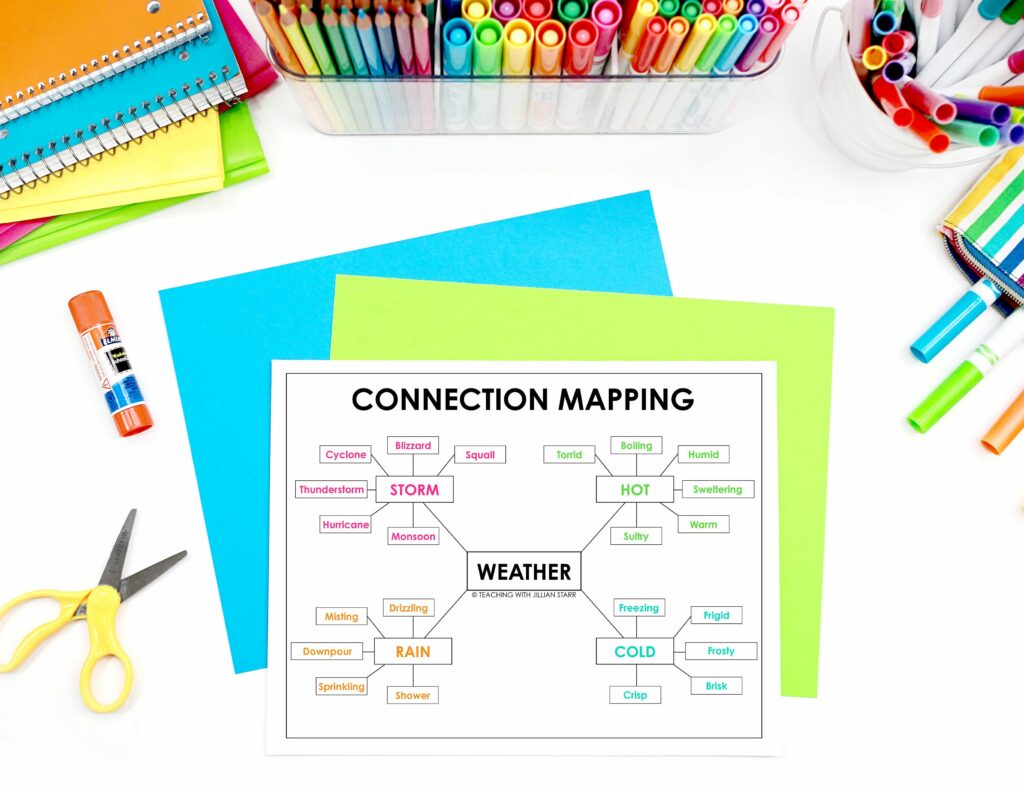
Connection Mapping is meant to understand how words are connected to a topic. I like creating anchor charts with these, especially when creating knowledge networks in content areas. Grab this Word Mapping Template for FREE HERE!
These connection maps can also be wonderful to help students with precision of language. For example, you can write a commonly used word like “said” in the middle, and use the different branches to help students discuss tone and intent with that word. Perhaps one branch is “Quietly” and some words within that branch are “whispered,” “muttered,” “mumbled, and “purred.” This type of anchor chart can prove especially helpful for precise word selection when writing and speaking.
Shades of Meaning

This activity is meant to show how different words are related by meaning, and help students work towards precise language. The activity creates really powerful visuals to help students understand word choice and intention. You can about the importance of language and shades of meaning in this blog post!
More Ways to Build Vocabulary
There are dozens of great activities and lessons to explicitly teach vocabulary. My two favorite books that dive into explicit vocabulary instruction are Nancy Hennessy’s book, The Comprehension Blueprint, and Bringing Words to Life by Beck, McKeown, and Kucan. Outside of these texts, here are some of my personal favorites:
Telling Jokes
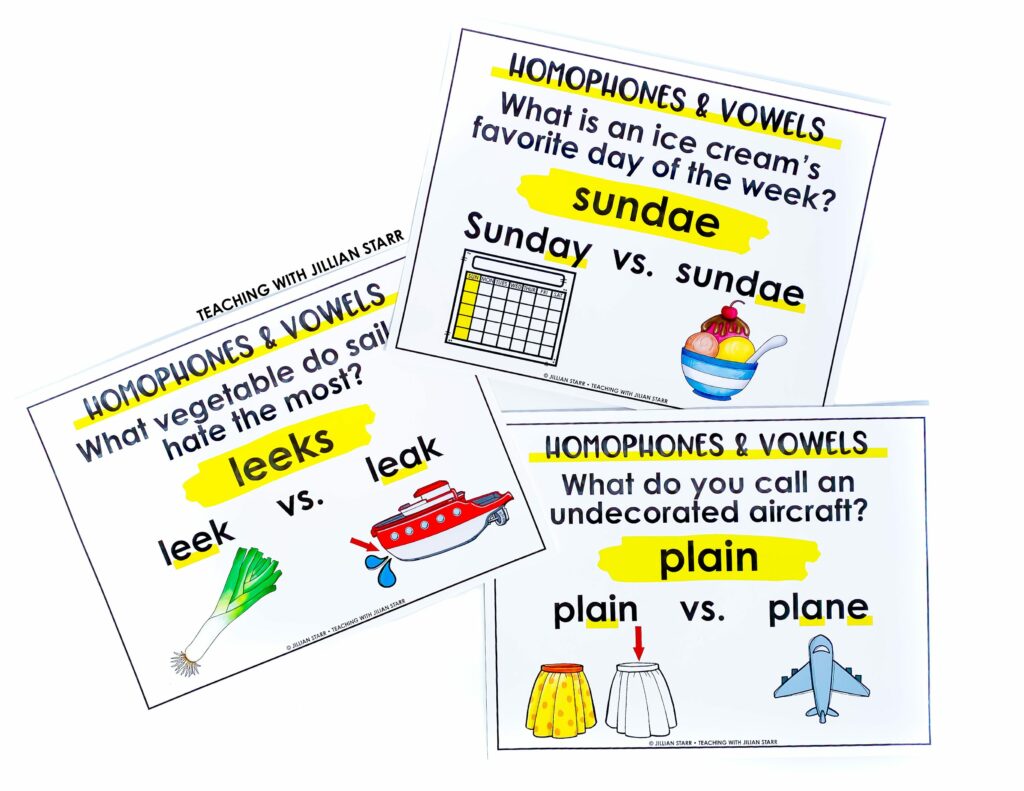
Telling and understanding why jokes are funny is a huge milestone in language development. I have found jokes to be a really fun and powerful way to explicitly teach vocabulary. Jokes provide a really engaging entry point into homophones and multiple-meaning words. Also, the nature of jokes leads children to constantly repeat the jokes as they share them with friends and caregivers. This helps reinforce that instruction long after the lesson is over.
Studying Idioms
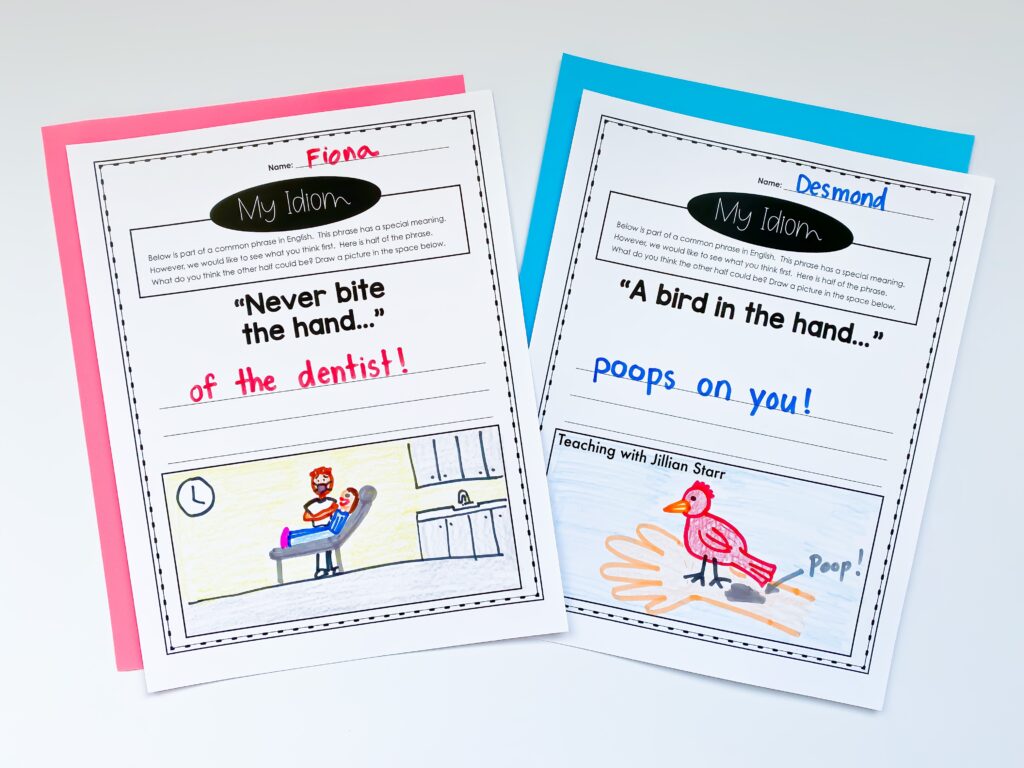
Idioms can pose a giant roadblock to comprehension. Students often lack the background knowledge to understand idioms. Often, idioms are used to teach a lesson in a text, but if a student doesn’t understand the idiom, they may very well miss the message altogether. When we explicitly teach idioms, we help build students’ background knowledge and increase their ability to comprehend text.
Unpacking Figurative Language
Figurative language can prove to be the ultimate head-scratcher for some students. This is because they have a literal meaning which is different from their figurative meaning. For example, if a text says, “It’s raining cats and dogs,” and the student is not familiar with the phrase, imagine what the student is visualizing in that part of the story! How will that misunderstanding and confusion impact how they approach and interpret the rest of the text? Explicit teaching of figurative language is really important to supporting comprehension.
Word Wizard
Finally, I wanted to share a fun activity that I first saw my supervising practitioner do with her class. Remember when we talked about selecting a few words from your read alouds? Well, you can take it a step further with Word Wizard!
All you have to do is pick one or two words from the week and have students look for those words outside of the classroom. This can be in other books, in conversation, on T.V. or anywhere else they encounter language. Students write down the context in which they heard/read the word and bring it back to the classroom. My students were always so excited to share where they found the words out in the world, and we loved creating collections of word experiences.
I hope this post has helped give you a deeper understanding of the importance of vocabulary and offered some ways to support your instruction. If you have any questions or other favorite approaches, please keep the conversation going in the post comments. I’d love to hear from you!

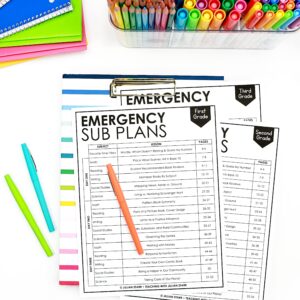

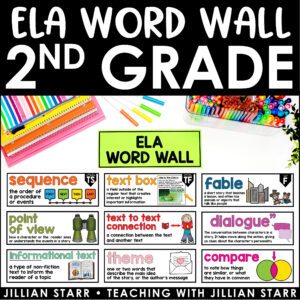
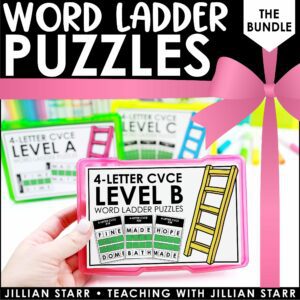
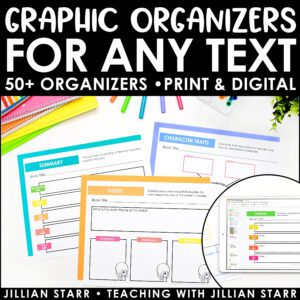
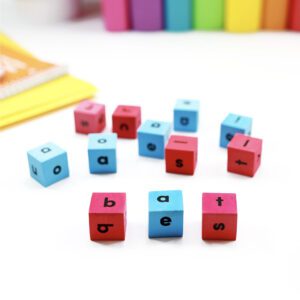
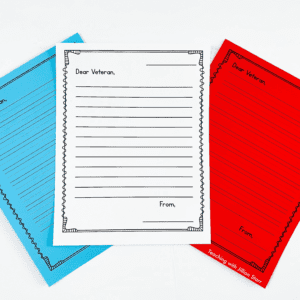
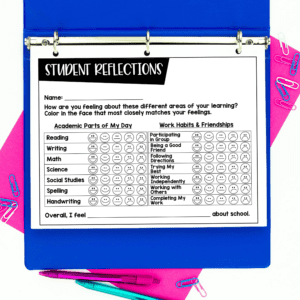


Thank you so much for this! You share such great knowledge, ideas, and resources.
Hello,
Where can I find the activity sheets shown and discussed in this vocabulary blog post?
Hi there! Most are linked. However, if you’re looking for either of the word mapping activities, you can email me at [email protected]. I’m happy to share the template if you’d like.
Thank you so much for this, Jennifer! I really, really appreciate you taking the time to leave this note. It made my day!
Helpful information. I find it is important to use shades of meanings with middle school and above students, especially ELLs. It’s helpful for them to understand the subtle differences between meanings.